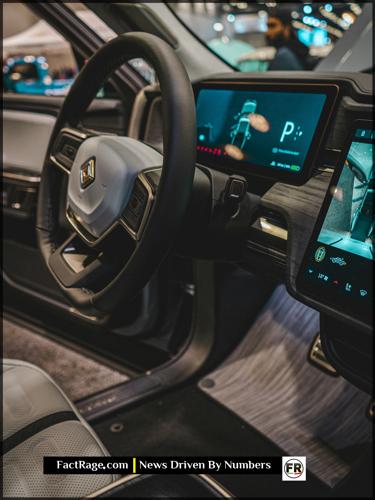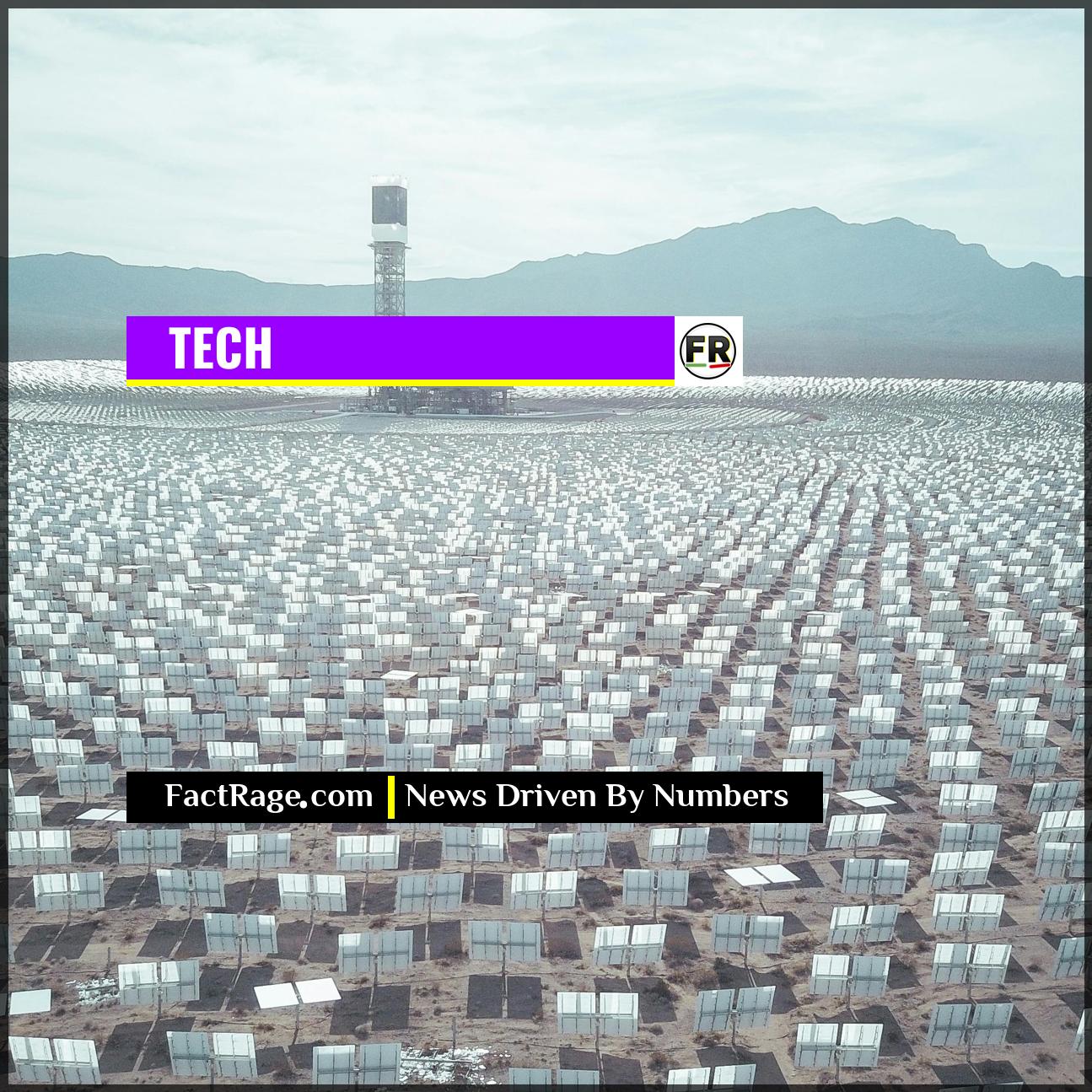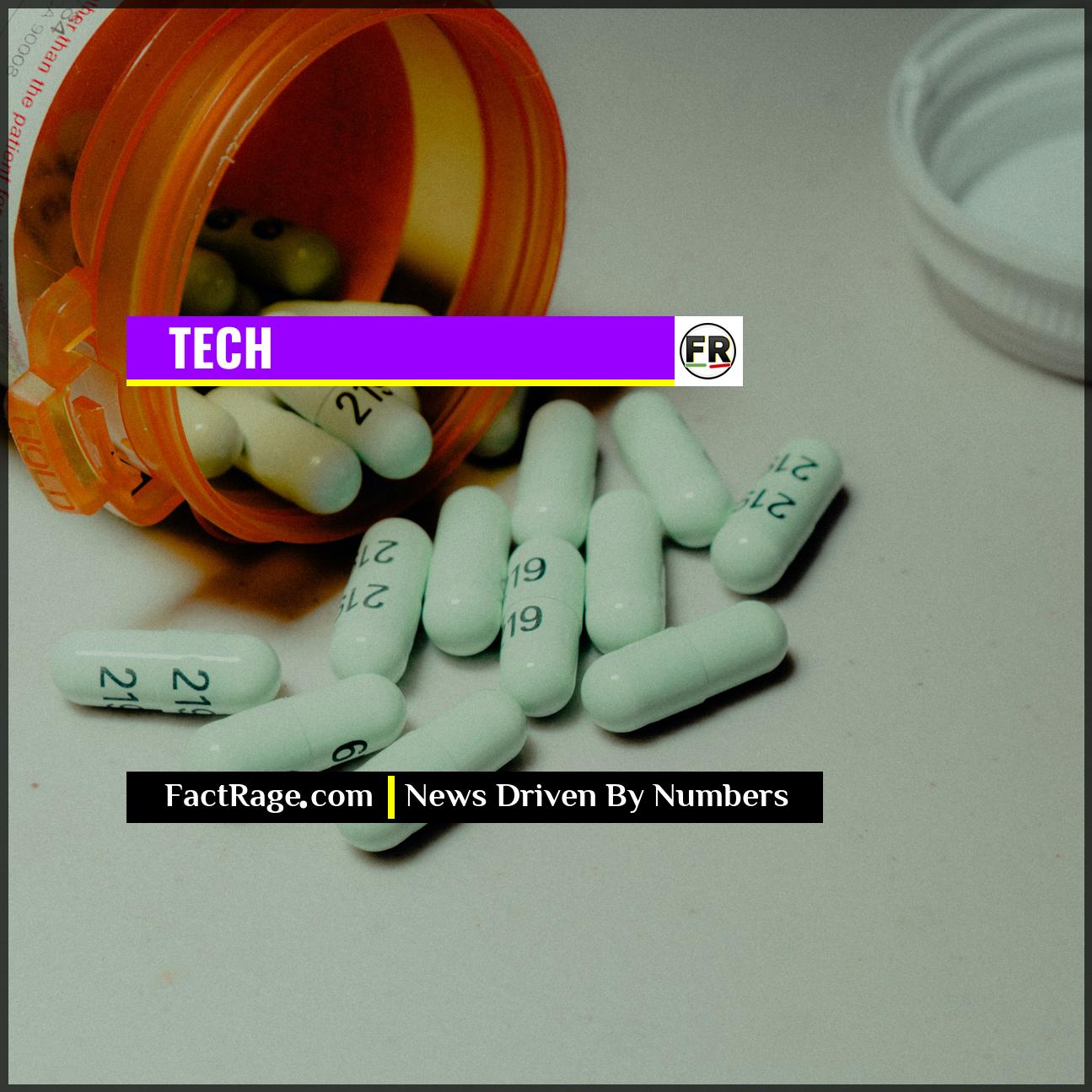NATIONWIDE – The stock of electric vehicle maker Rivian has become a key barometer for investor confidence in the EV sector, with its recent trajectory dramatically altered by a multi-billion-dollar partnership that pivots the company from a fight for survival to a strategic growth plan.
- A Strategic Partnership – Volkswagen Group has committed to an investment of up to $5 billion in Rivian, including the formation of a joint venture to share EV architecture and software, providing a significant capital lifeline.
- The Profitability Pivot – Rivian is focusing on cost reduction by pausing its new Georgia plant and retooling its Illinois facility, aiming to achieve a positive gross profit by the end of 2024.
- Broader Market Pressures – Despite the investment, the company still operates in a challenging market characterized by slowing EV demand growth, high interest rates, and intense competition from legacy automakers and Tesla.
This infusion of capital and technology sharing arrives at a critical juncture. An examination of Rivian’s financial standing and the competitive landscape reveals the complex dynamics shaping the future of not just one company, but a significant portion of the electric vehicle industry.
Beyond the $5 Billion Headline
![]() In financial markets, a single announcement can generate enormous noise, but the underlying data tells the real story. The partnership between Volkswagen and Rivian is more than a capital lifeline; it’s a fundamental shift in corporate strategy and a powerful validation of technology in a cooling market. This deal redraws the map for EV competition, moving the goalposts from speculative growth to proven financial discipline.
In financial markets, a single announcement can generate enormous noise, but the underlying data tells the real story. The partnership between Volkswagen and Rivian is more than a capital lifeline; it’s a fundamental shift in corporate strategy and a powerful validation of technology in a cooling market. This deal redraws the map for EV competition, moving the goalposts from speculative growth to proven financial discipline.
Read On…
Here, we dissect the financial mechanics of the deal and analyze how this strategic pivot positions Rivian within a fiercely competitive landscape.
What the Volkswagen Deal Actually Means for Rivian

In late June 2024, Volkswagen announced a plan to invest up to $5 billion into Rivian, a move that sent shockwaves through the automotive industry and provided the EV startup with its most crucial lifeline to date. The deal starts with an initial $1 billion investment, followed by an additional $4 billion tied to the creation and success of a joint venture.
The core of the partnership is this joint venture, which will be equally controlled and owned by both companies. Its goal is to engineer the next generation of “electrical architecture” and software, which Rivian will incorporate into its upcoming R2 and R3 vehicles and Volkswagen will use across its own brands. For Rivian, this accomplishes two things: it provides a massive amount of non-dilutive capital, easing immediate cash burn concerns, and it serves as a powerful validation of its in-house technology from one of the world’s largest automakers.
The Numbers Behind the Push for Profitability
Prior to the Volkswagen deal, the central question for investors was Rivian’s cash burn. In the first quarter of 2024, the company reported a net loss of $1.45 billion and was losing approximately $38,000 for every vehicle it produced. While this was an improvement over prior quarters, it highlighted an unsustainable financial model.
In response, Rivian initiated a significant strategic pivot. The company paused construction on its planned $5 billion manufacturing plant in Georgia, a move expected to save over $2.25 billion in capital expenditures. Instead, Rivian will launch its next-generation, lower-priced R2 vehicle from its existing plant in Normal, Illinois. This required a plant shutdown in mid-2024 for retooling, which management claims will significantly reduce the material costs and complexity of its R1T and R1S vehicles, aiming for a modest gross profit by the fourth quarter of 2024. This shift from “growth at any cost” to a disciplined path toward profitability reflects a broader maturation of the EV market.
Navigating a More Competitive EV Landscape
Rivian’s internal restructuring and new partnership do not exist in a vacuum. The entire EV market is facing headwinds that were not present during the boom of 2021. EV sales growth in the United States has slowed from the exponential rates seen in previous years, and high interest rates continue to make expensive vehicle purchases a challenge for consumers.
Competition is also intensifying. Market leader Tesla continues to leverage price cuts to maintain market share, while legacy automakers like Ford and General Motors are rolling out their own EV lineups with the advantage of scale and established dealer networks. Rivian’s success depends not only on executing its production and cost-cutting plans but also on convincing consumers its products offer a better value proposition in an increasingly crowded field. The Volkswagen partnership provides the stability and resources to compete, but the market will ultimately determine the outcome.
The New Math of EV Survival
![]() The Volkswagen partnership has bought Rivian crucial time and validation, but it doesn’t eliminate fundamental market pressures. This shift from valuing potential to demanding profitability marks a new, more sober era for the entire electric vehicle industry. Ultimately, Rivian’s future—and that of its competitors—will be written not by bold announcements, but by the disciplined execution of cost controls and the successful launch of products into a highly competitive market. The balance sheet, not the hype, will have the final say.
The Volkswagen partnership has bought Rivian crucial time and validation, but it doesn’t eliminate fundamental market pressures. This shift from valuing potential to demanding profitability marks a new, more sober era for the entire electric vehicle industry. Ultimately, Rivian’s future—and that of its competitors—will be written not by bold announcements, but by the disciplined execution of cost controls and the successful launch of products into a highly competitive market. The balance sheet, not the hype, will have the final say.












